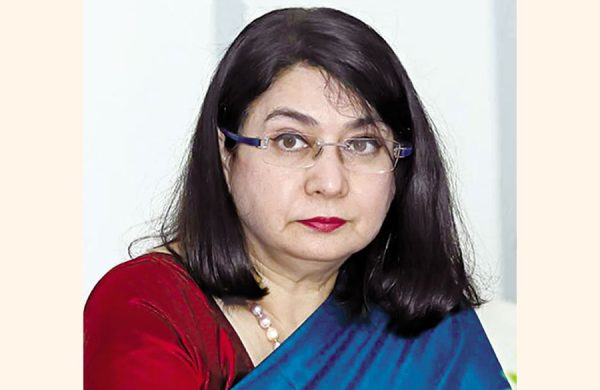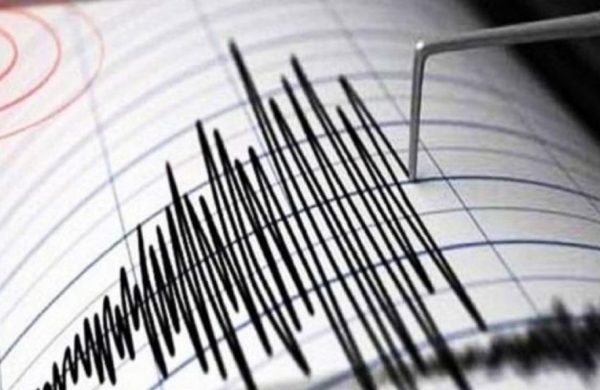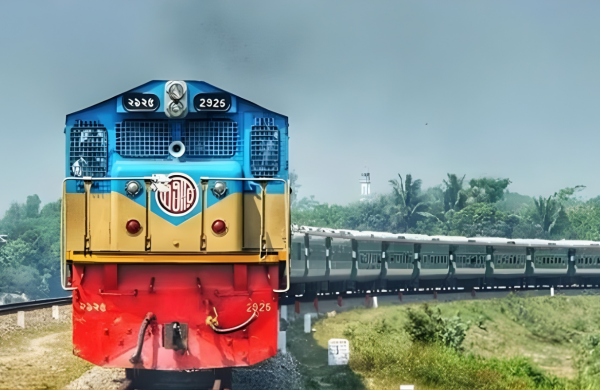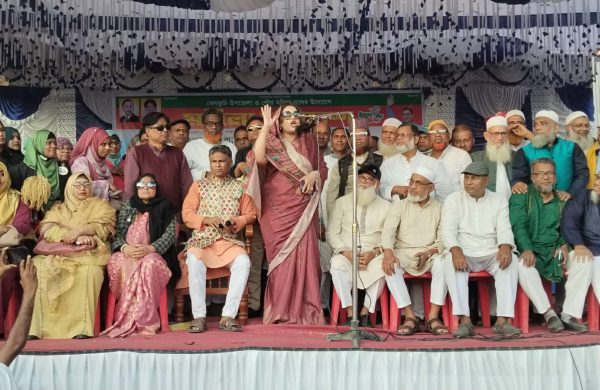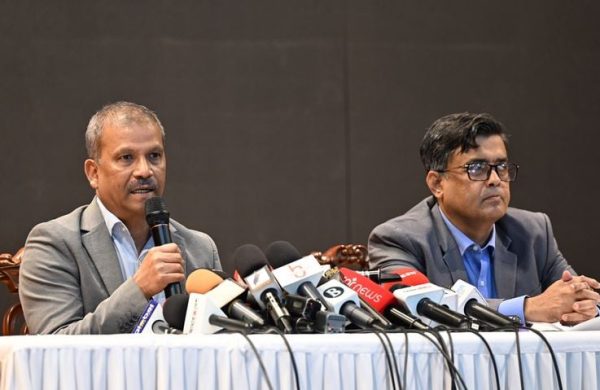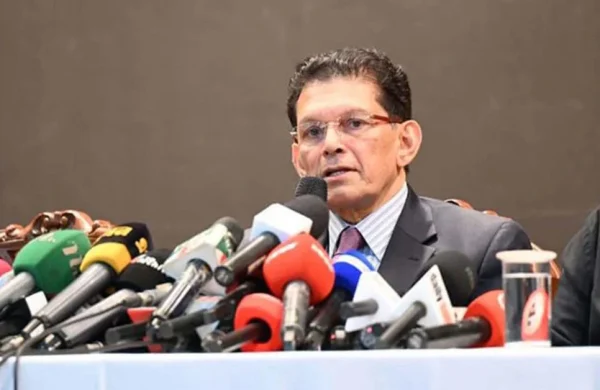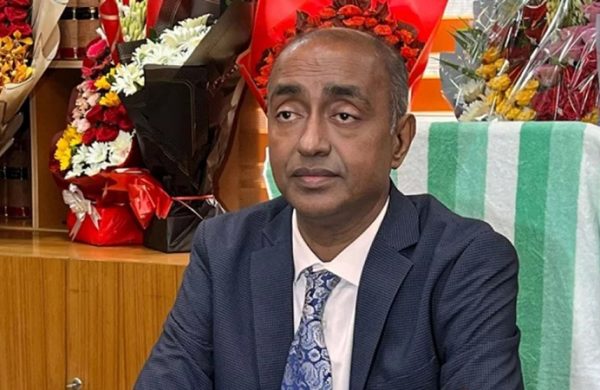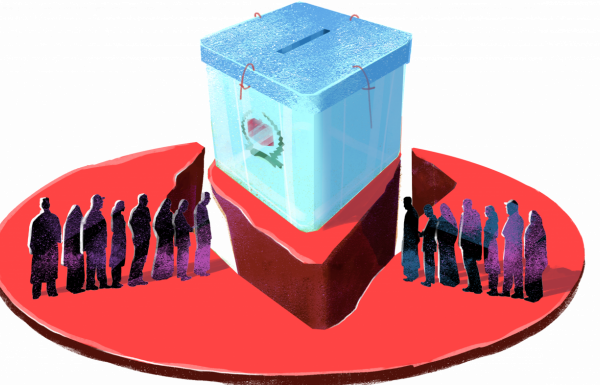How to save our rivers from disappearing
- Update Time : Thursday, October 16, 2025

—Motaher Hossain—
The birth, history, economy, and culture of Bangladesh are rooted in its rivers. The Padma, Meghna, Jamuna, Brahmaputra, Teesta, Kapotaksha, and Dhaleshwari-each river carries a living history. Agriculture, navigation, fisheries, even language and music bear the deep imprint of rivers. That is why Bangladesh is known as the “Land of Rivers.”
But today, this identity is in grave danger. Hundreds of rivers are disappearing due to encroachment, pollution, and mismanagement. The Buriganga, Turag, Balu, and Shitalakshya rivers, once the lifelines of Dhaka, have now turned into “waste rivers.” The dissolved oxygen level in Buriganga’s water is nearly zero milligrams per liter-completely uninhabitable for any aquatic life.
For decades, illegal factories, housing projects, and markets have mushroomed along riverbanks. Despite multiple eviction drives, political influence and corruption have allowed the encroachers to return. Every day, about 5.7 million liters of toxic industrial waste are discharged directly into rivers around Dhaka.
The very name Bangladesh reflects its story of rivers and deltaic plains. As one of the world’s largest deltas, it earned the title Nodimatrik Bangladesh-“Riverine Bangladesh.” Yet, this riverine nation is losing its lifeblood. Official records claim 1,415 rivers, but recent studies shows at least 81 are on the verge of death. According to the Water Development Board, at independence the country had around 1,200 rivers and tributaries; today, only 350 to 400 remain active. The River Research Institute reports that 75% of rivers are encroached, 65% are polluted, and over 40 are either dying or completely extinct.
Historically, rivers were the lifeline of livelihoods, transportation, and civilization itself. Now, they are drying up, losing navigability and ecological flow. Environmentalists warn that pollution, encroachment, siltation, unplanned embankments, and mismanagement are pushing the rivers toward death. The loss is not merely environmental-it threatens Bangladesh’s economy, culture, and communication systems.
The three major river systems-the Ganges-Padma, Brahmaputra-Jamuna, and Meghna-create vast water network feeding over 400 rivers before emptying into the Bay of Bengal. This system has shaped the nation’s agriculture, trade, and culture for centuries.
A report by the River and Delta Research Center (RDRC) in 2024 found that 81 rivers have already dried up or are near death. Most of them lie in the southwest-Khulna, Satkhira, Rajshahi, Kushtia, and Rangpur. The list includes historic rivers like Alai, Atrai, Baral, Betna, Bhairab, Chitra, Dhaleshwari, Dharla, Gorai, Ichamati, Karatoa, Kapotaksha, Mahananda, Mayur, Teesta, and Titas-all once vibrant arteries of life.
In a riverine country like Bangladesh, waterways play an irreplaceable role in shaping its economy, society, and civilization. About 24,000 kilometers of rivers, canals, and wetlands exist, of which around 6,000 kilometers are navigable during the monsoon and 3,800 kilometers in the dry season. Transporting goods by river costs only Tk 1.12 per ton per kilometer-less than half the cost of road or rail. Yet, due to loss of navigability, many waterways are no longer usable.
Why are the rivers dying? The reasons are multiple-encroachment, pollution, silt accumulation, upstream dams, and reduced water flow. As a downstream country, Bangladesh suffers from upstream interventions by India, China, and Nepal. Barrages and diversions in those countries disrupt natural flows, leaving Bangladeshi rivers parched, especially in the dry season. Lack of dredging has also caused excessive sedimentation, reducing depth and flow, while flooding and drought risks increase.
According to Syeda Rizwana Hasan, Adviser to the Ministry of Water Resources, “Except for about 10%, almost all industrial establishments discharge untreated waste directly into rivers.” Government data shows that illegal encroachment, unplanned bridges, and embankments have constricted natural river flow. In many places, bridges are built half the width of the river, blocking nearly 50% of the waterway. Unplanned urbanization and agricultural expansion have also destroyed the natural balance of river basins.
Professor Ainun Nishat explains, “A river can die in three ways-physically, biologically, and chemically. Physical death: when its flow is obstructed or banks are narrowed. Biological death: when its sources dry up.Chemical death: when pollution kills all living organisms-like the Buriganga.
To save the rivers, extensive dredging is needed to restore natural flow and remove excessive silt. Laws must be enforced strictly to stop encroachment and pollution. All industries must install and maintain effluent treatment plants (ETPs). Public participation in river conservation must increase, while transboundary water diplomacy should ensure fair sharing with neighboring countries.
Environmentalist Rizwana Hasan added, “We are working to restore 20 rivers, including Dhaka’s four major ones, in collaboration with the World Bank and ADB.” National River Conservation Commission Chairman Maksumul Hakim Chowdhury said, “We’ve started identification and will soon implement concrete action plans.” Professor Nishat warned, “If deforestation, encroachment, and wetland filling continue, many rivers will never return to life.”
We must remember: rivers are not just bodies of water. They are the carriers of our history, identity, economy, and civilization. As their flows cease, biodiversity vanishes-and with it, the very essence of Bangladesh. The time has come to treat river protection as part of national security, culture, and economic resilience. Because if the rivers die, Bangladesh dies with them.
—————————————————————-
The writer is a journalist and General Secretary, Bangladesh Climate Change Journalist





